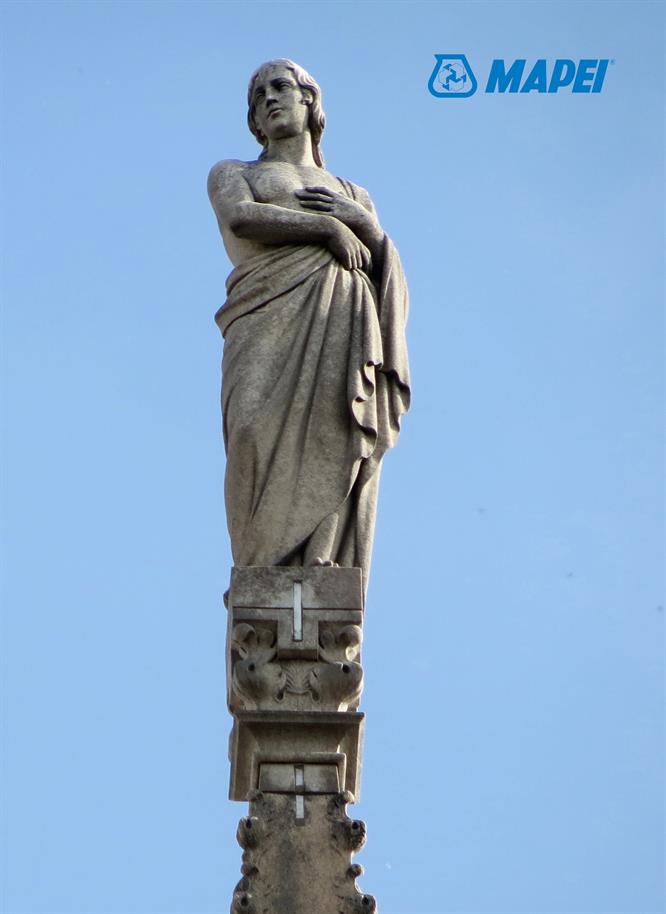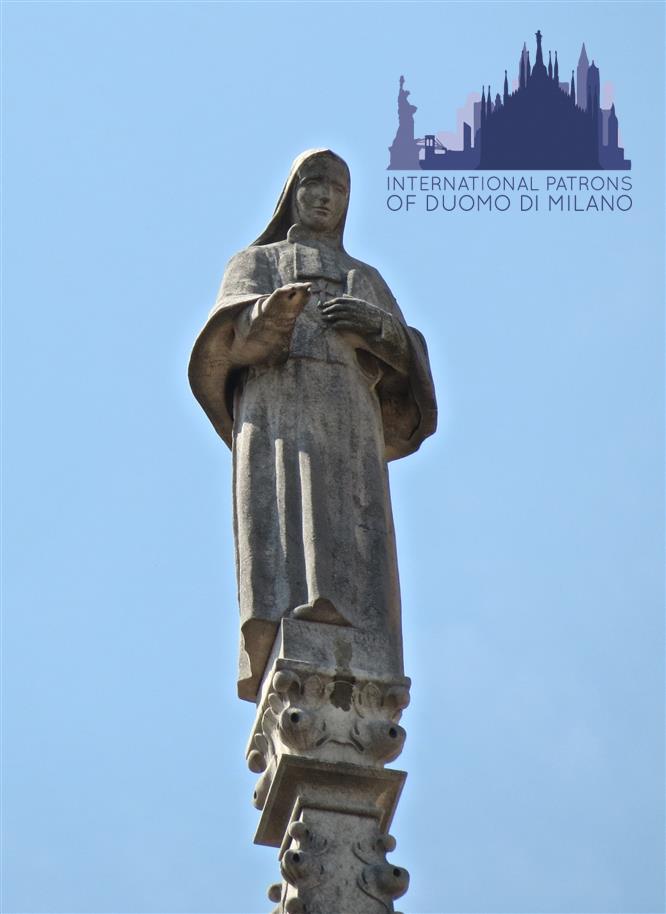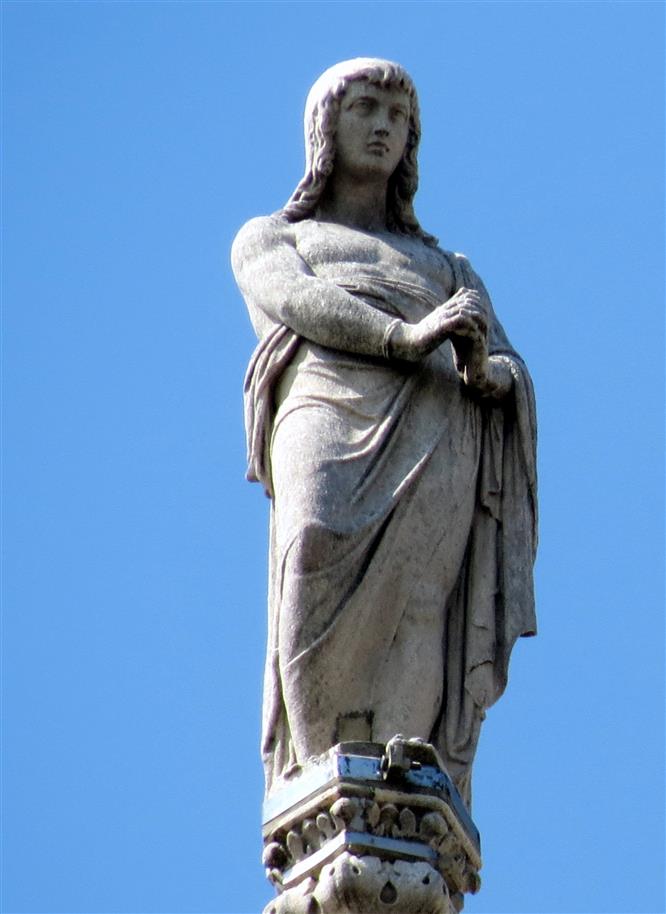Gian Francesco Bascapè was born in 1550 in Melegnano (Milan) the son of Angelo Bascapè and Isabella Giussani. Having begun his classical studies under the guidance of a learned priest, he completed his humanist education and, after enrolling at the University of Pavia, brilliantly graduated in 1574 with a degree in civil and canon law. Giving up his studies, a promising secular career and the love of his fond mother, shortly after graduating he offered himself to the archbishop of Milan, Carlo Borromeo, with the intention of “serving God under his obedience”. In fact, after receiving the clerical hassock and tonsure and taking the minor orders, the young Bascapè was admitted to the limited group of familiars and appointed canon of the Duomo. Archbishop Borromeo decided to take Bascapè with him on his apostolic tour of the Dioceses of Cremona and Bergamo, to the provincial council, for the recognition of relics and made good use of his intelligent ability in other business connected with the administration of the diocese. In 1576, a violent epidemic of plague broke out and Bascapè, who was deacon, was able to witness the heroic charity of the archbishop of Milan and later write a dramatic account describing the horrors of the scourge. Ordained as a priest on 29 July 1576, he withdrew into quiet and study, specialising in the history, rites and customs of the Milanese Church. Yet with his restless spirit, aspiring to the highest aims of perfection, he decided to devote himself to the Lord embracing the religious life of the Order of the Barnabites. On the day that he took the habit, in homage and in memory of his archbishop, he changed his Christian name to Carlo and on 8 May 1579, after overcoming a period of doubt, he took his vows. Despite the obligations of his monastic life, Bascapè continued to serve Archbishop Borromeo: at his request, he wrote rules for his thirteen-year-old cousin Federico on how to conduct his life, he composed a treatise for the reform of entertainments, he published the edition of the IV provincial council, he sent precepts on preaching and compiled rules on the duties of the bishop. As the archbishop’s trusted aide and special envoy, he was sent on a secret mission to King Philip II of Spain and in Madrid struck up a warm friendship with Father Luis de Granada. After returning to Milan he went back to his busy life as a writer, publishing a History of the Church, the translation of the decrees of the Council of Trent on the discipline of nuns, the reprinting of the Ambrosian Ritual and Breviary and other historical works. In 1584 he experienced the consolation and the sorrow of witnessing the death of Archbishop Borromeo. Driven by zeal and gratitude, he collected a vast amount of documentary material on the virtues and deeds of his incomparable teacher, publishing his life of the saint in 1592, a work that was judged by his contemporaries to be a masterpiece and “kept as a Gospel”. A fervent promoter of the canonisation of Carlo Borromeo, he had the joy of seeing him become a saint and being able to sing Mass and Vespers in Milan Cathedral in honour of his “most holy father and lord”. In the meantime, due to the trust of his fellow monks, at only 36 years of age he was elected Superior General of the Barnabite Order. His aims during his term of office were twofold: promotion of internal discipline and extension of the boundaries of the congregation. He demanded the most perfect observance and absolute obedience of his subject brothers, but in the superiors above all he appreciated delicacy and moderation of judgement. He was ever present with his letters urging and directing with a zeal and rectitude that won the admiration and love of the brothers. In the nine years that he was in office, he consolidated the bases of the institution, leaving behind the mark of his personality. Carlo is remembered in the Barnabite tradition as one of the maiores nostri (elders of the order) and perhaps the most typical exponent of the late 16th century generation. Yet his name is linked to the history of the Church and of the Counter Reformation because of his long, industrious and saintly service as Bishop of Novara. In 1592, Pope Clement VIII appointed him to the illustrious chair of St. Gaudentius. Poverty and political discontent was rife in the people of the city who lived in an alarming moral-religious state due to the absences and rapid succession of bishops. Following the example of San Carlo, he was lovingly attentive to the training of the clergy, eliminating misconduct and favouritism; he built new seminaries for theology scholars; he held three episcopal synods promulgating wise legislative provisions; he strived determinedly to ensure that the ecclesiastics measured up to their duties; he set up the Oblates of St. Gaudentius in the diocese. He took resolute action to reform the morals of the people by introducing rules of Christian life, opening “catechism schools” and building a significant number of holy places. He visited the 260 parishes of his diocese twice, everywhere recommending that his flock should attend the sacraments, perform acts of piety and charity and observe the saints’ days. An untiring minister, a dynamic organiser, father of the poor, ardent preacher of the word of God, his work as bishop did not neglect any part of Christian life: from the heresy close at hand in Switzerland to the blasphemy that was spreading amongst the people; from dissolute dancing during Carnival to the arrogance of the local lordlings; from Mounts of Piety to attention to hospitals and orphanages. With his majestic appearance, the appeal of his erudition, the friendliness of his manner, he succeeded in settling disputes and arousing religious enthusiasm and zealous works amongst his flock who began to venerate him as a man of God. Yet he was also the target of open conflicts and malicious accusations by ignoble people who were against the bishop’s efforts towards reform. Some fanatics even tried to poison him, to murder him by shooting him with a harquebus and to burn down the episcopal palace. In the end Bascapè’s eminent saintliness shone with dazzling light, causing him to be called “another San Carlo” by Blessed Innocent XI. He died exhausted by his tireless work on 6 October 1615, after 22 years as Bishop of Novara. The historical investigation process for his beatification was concluded in this city in 1978. The very vast collection of his writings was approved by a decree dated 12 March 1982. A tireless writer, he left an epistolary collected in 35 folio volumes and over a hundred printed or handwritten works on hagiographic, ascetic, juridical, historical, liturgical, pastoral and scriptural matters.
BLESSED BASCAPÈ
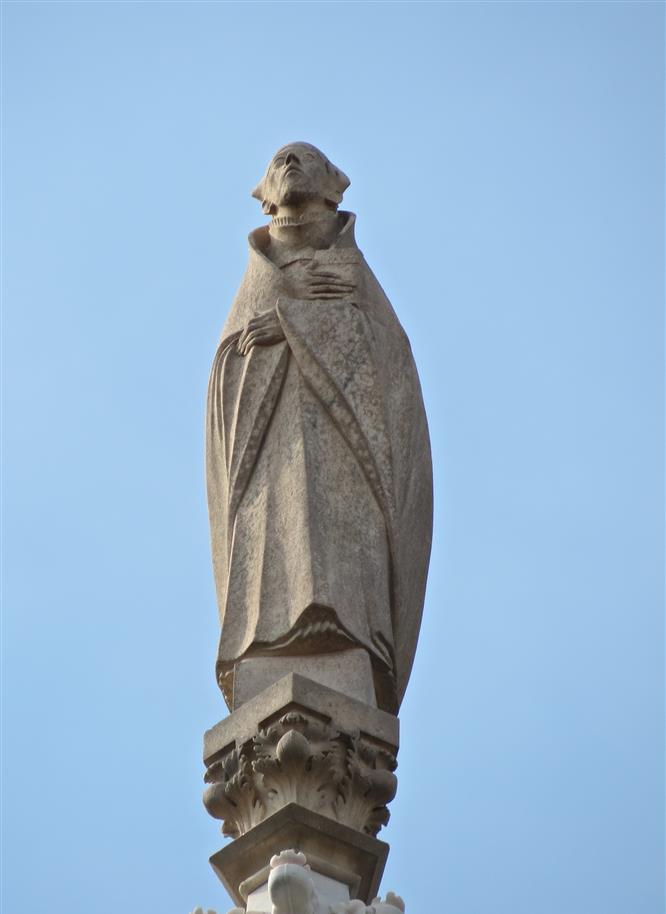
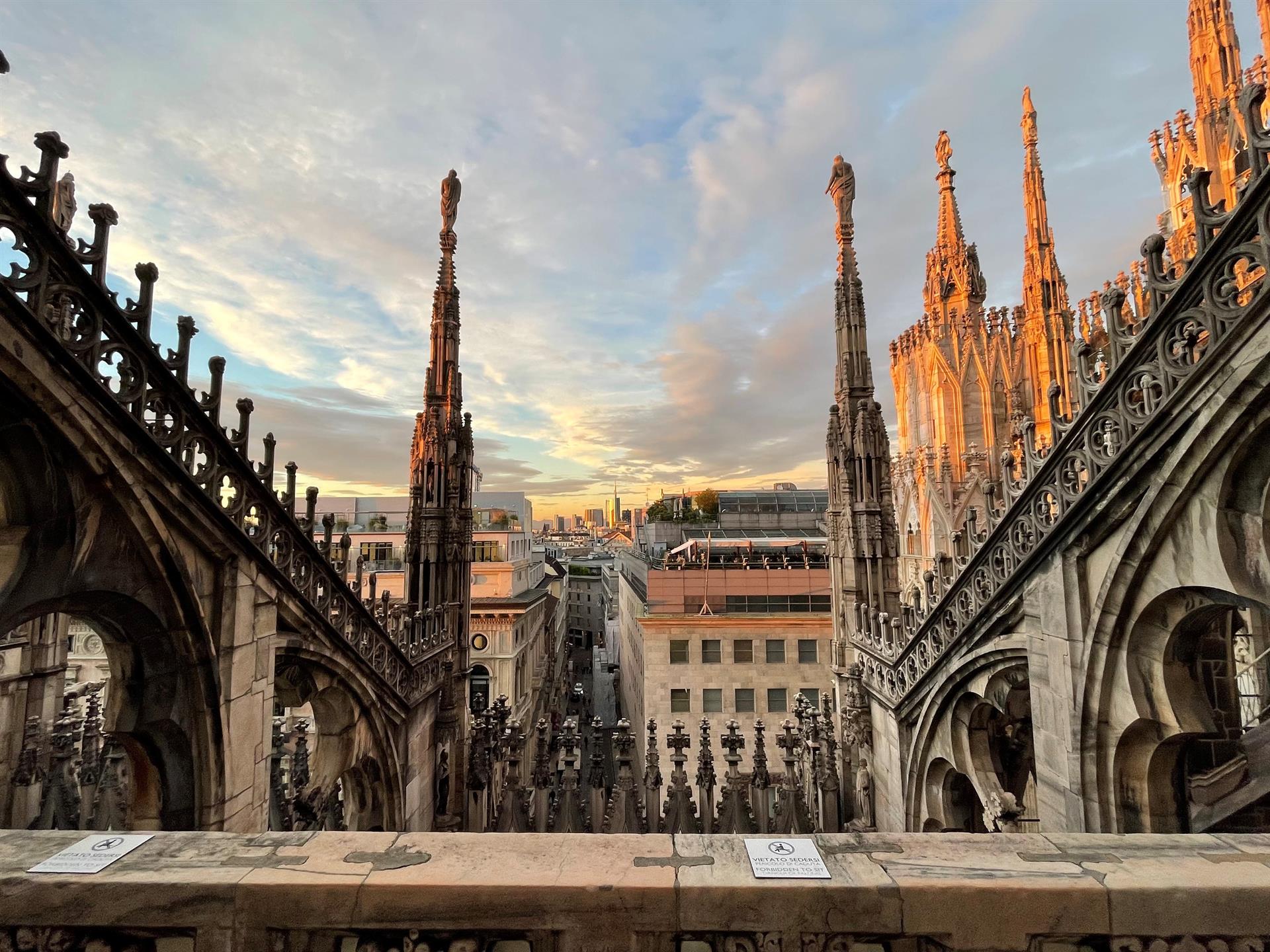
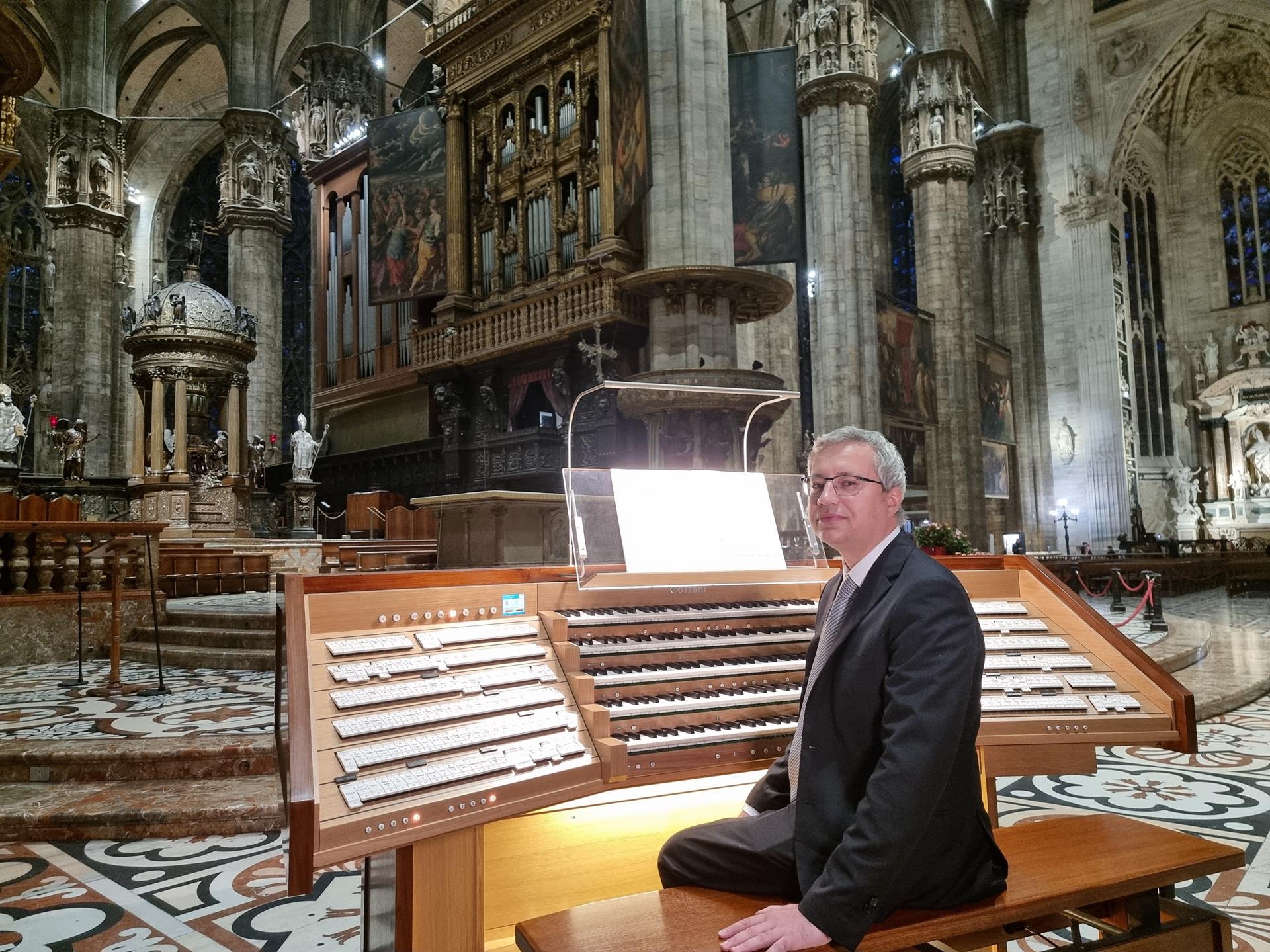
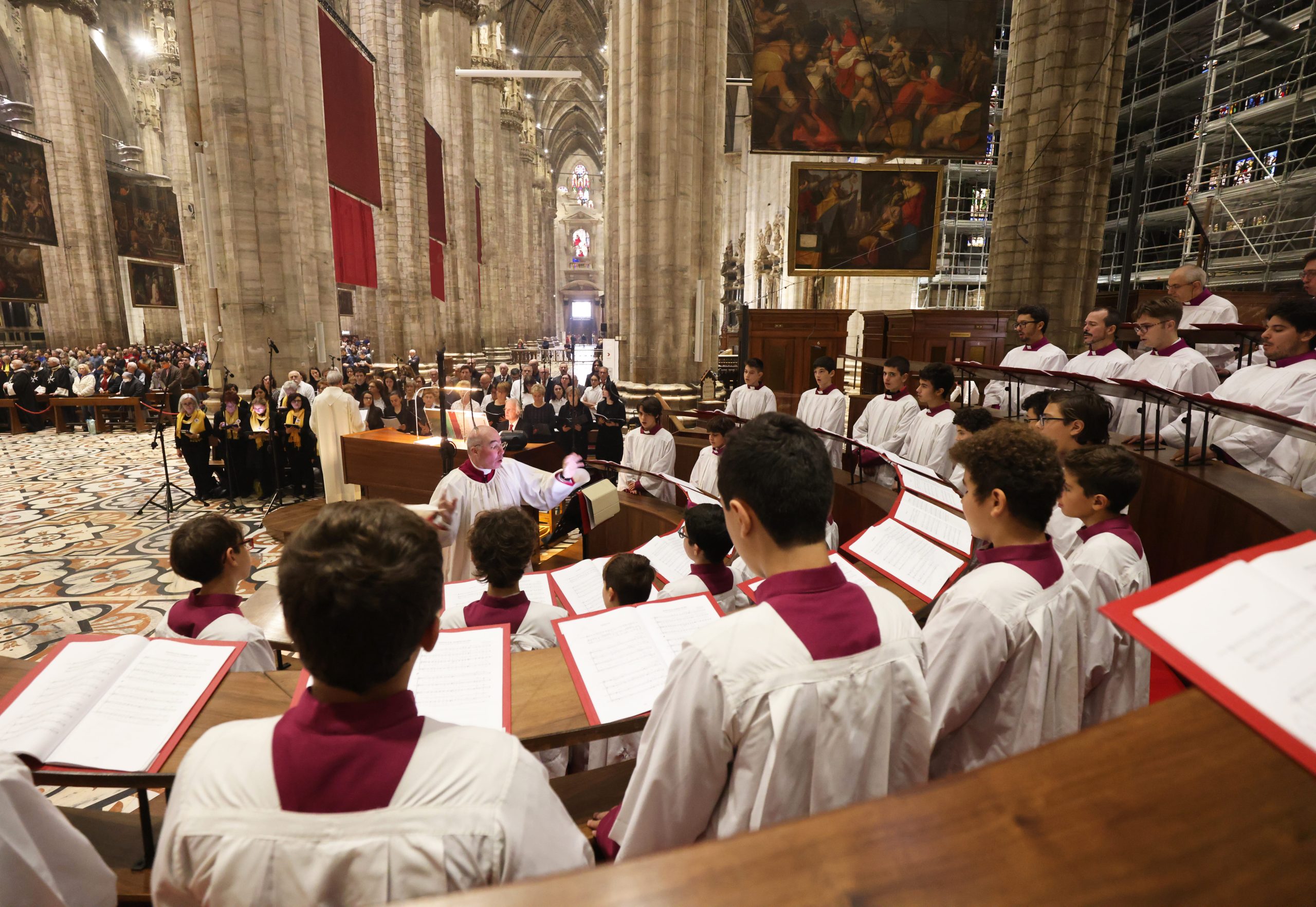
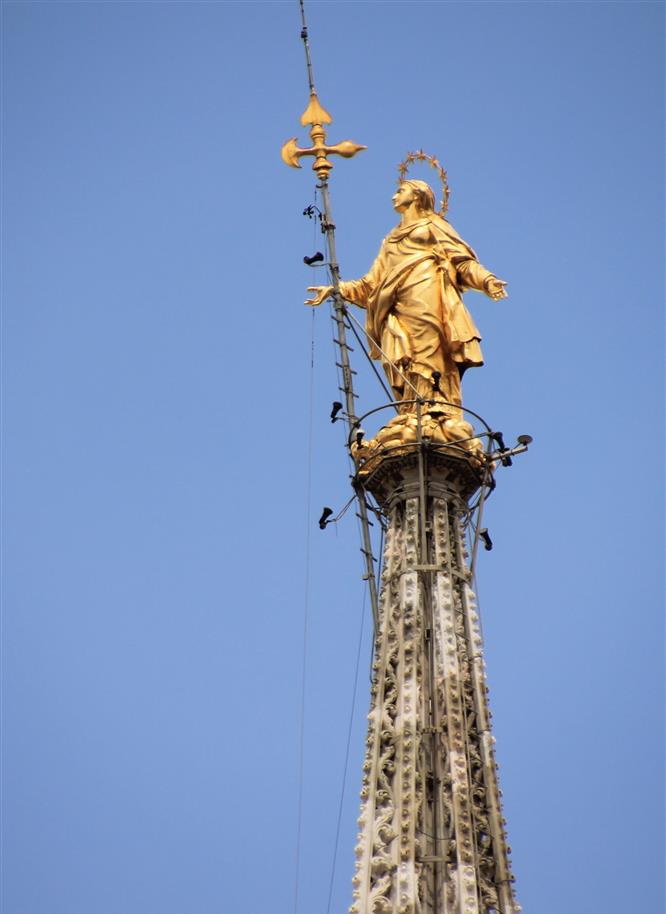
 Tiburio
Tiburio